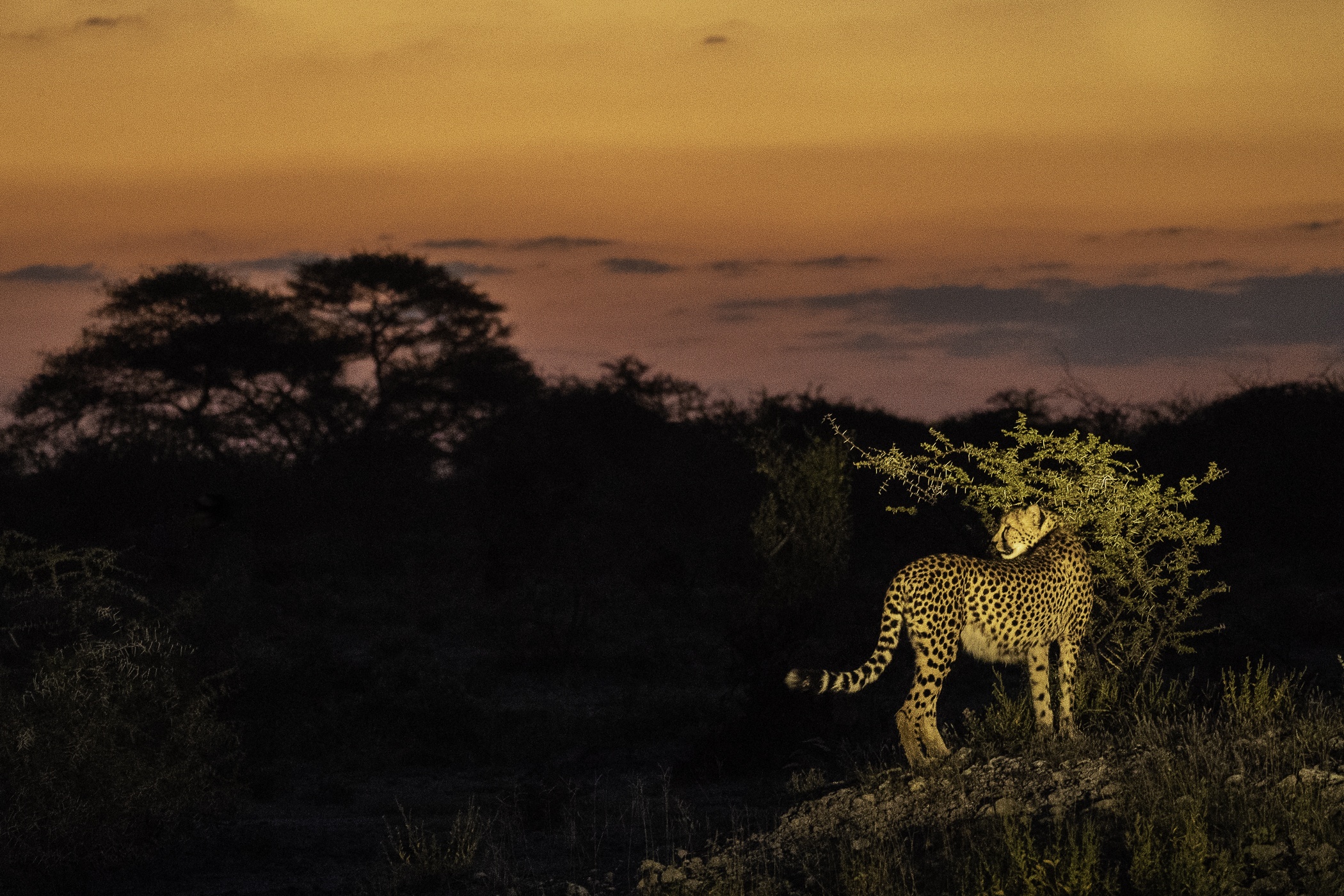May 13, 2018
Hunt out the light
Using the key ingredient in photography to improve your pictures

Light is the most important ingredient in making your pictures better. Photography means painting with light and with all the latest buttons and dials camera manufacturers add it can sometimes be too easy to forget.
Natural light
I enjoy landscape photography. Most of the time we wait for mother nature providing the light for our photographs. There are two times of the day when we get beautiful ‘golden’ light. Just after sunrise and just after sunset – this is known as the golden hour and is a wonderful time to capture the landscape bathed in an orange glow. In the image below you can see the golden colouring on the hill with the foreground already moved to darkness.

Just before sunset and just after sunset is another key hour which is great for night photography and is known as the ‘blue hour’. This is when there is a lovely inky blue colour to the sky. If you are shooting light-trails, then this is perfect to off-set the whites and reds from car lights.
This doesn’t mean that the middle of the day isn’t useful for photography. I am currently in Namibia where the light is harsh. To capture this, you can use the shadows cast by such hard light – don’t forget to make sure your shadow isn’t in the shot too! In the UK, where I usually shoot then we need to use more patience. Stay at a scene to see clouds move – the difference between a few minutes as clouds move can make a huge improvement to your photograph.

Low Light, No light
We are often presented with situations where there is little or no light available. For many the temptation is to switch the flash on and hope the beam from a very small bulb is going to illuminate an entire scene – that’s not usually the case. In these scenarios, you need to work with available light. The headline image of this post was taken just after sunset. The sky was still displaying nice warm colours but the foreground and more importantly the cheetah was in almost total darkness. By getting one of the vehicles to light up the scene with their headlights we created enough light to create a very pleasant and balanced image.
Similarly, when taking pictures of the night sky we need to have an exposure that will capture the stars. In this case, it was f4.0 at 30 seconds with ISO 800. Even with this long exposure, the tree in the foreground would have been pretty much black. By shining a head-torch for just about 2 or 3 of the 30 seconds we create a feature that makes this much more than a photograph of the milky way.

If you would like to hunt out the light with Edinburgh Photography Workshop, the three-day West Highland Landscape session is perfect.